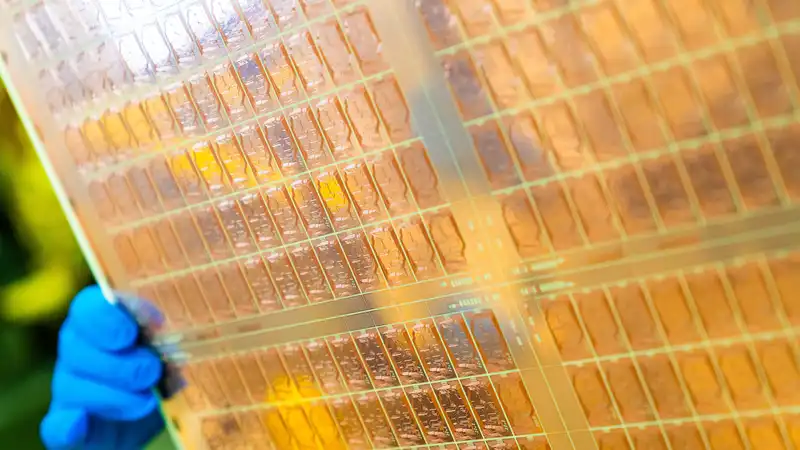Chip and substrate manufacturing may not be the most exciting topic in the world. But if it could lead to significant improvements in performance and efficiency, I'm all for it; according to Business Korea (via Tom's Hardware), AMD "plans to introduce glass substrates between 2025 and 2026."
The reason this is important is that there are all kinds of advantages to putting chips on glass substrates instead of organic substrates for communication between chiplets and between chips and motherboards. We reported in September that Intel is already planning to use glass substrates, which have advantages such as "enabling more chiplets in a smaller footprint, higher interconnect density, faster IO, higher power efficiency, and larger package sizes."
In short, glass substrates are flatter, more durable, and facilitate lithographic insertion of more (and more densely packed) interconnects; in AMD's case, interconnects between chiplets and between chips and motherboard form part of the now standard Infinity architecture They form part of the now standard Infinity architecture. Therefore, if AMD has not patented "Infinity Glass," it should do so now.
According to TrendForce (via Wccftech), AMD has already "conducted performance evaluation tests using glass substrate samples from several major global semiconductor substrate manufacturers and intends to introduce this advanced substrate technology into semiconductor manufacturing. However, while AMD may be evaluating samples, this does not mean that all semiconductor substrate companies are approaching mass production.
2025 or 2026 seems very early for AMD to bring glass substrate chips to market, which is consistent with the timeframe stated by at least one semiconductor substrate company. Samsung (through Wccftech) is aiming to start its own glass substrate production by 2026 and has reportedly already begun R&D. Intel (through Wccftech) also appears to be aiming for mass production of glass substrates by 2026. Perhaps AMD can look to Samsung to meet its originally envisioned 2025 or 2026 glass quotas.
Even if glass substrates do make it to the market, we can be assured that they will not initially be used in the best gaming CPUs or other general desktop chips. This is because, for now, glass substrates are really only beneficial for large multi-chip packages. [While AMD is committed to designing chiplets for gaming processors, perhaps it would make more sense to bring the latest manufacturing technology to AI and HPC data centers; in AMD's case, this would mean a few interconnected CCDs (chips) like those found in the Zen CPUs on desktops. This would be an EPYC lineup with more functionality than a few interconnected CCDs (chiplets) as seen in the Zen CPUs on desktops. However, the next generation of EPYC processors will use regular organic substrates, so the 2025 or 2026 prediction is unlikely to be accurate.
In any case, the good news is that AMD, the king of modular processor design, is moving quickly toward this new manufacturing technology.


Comments